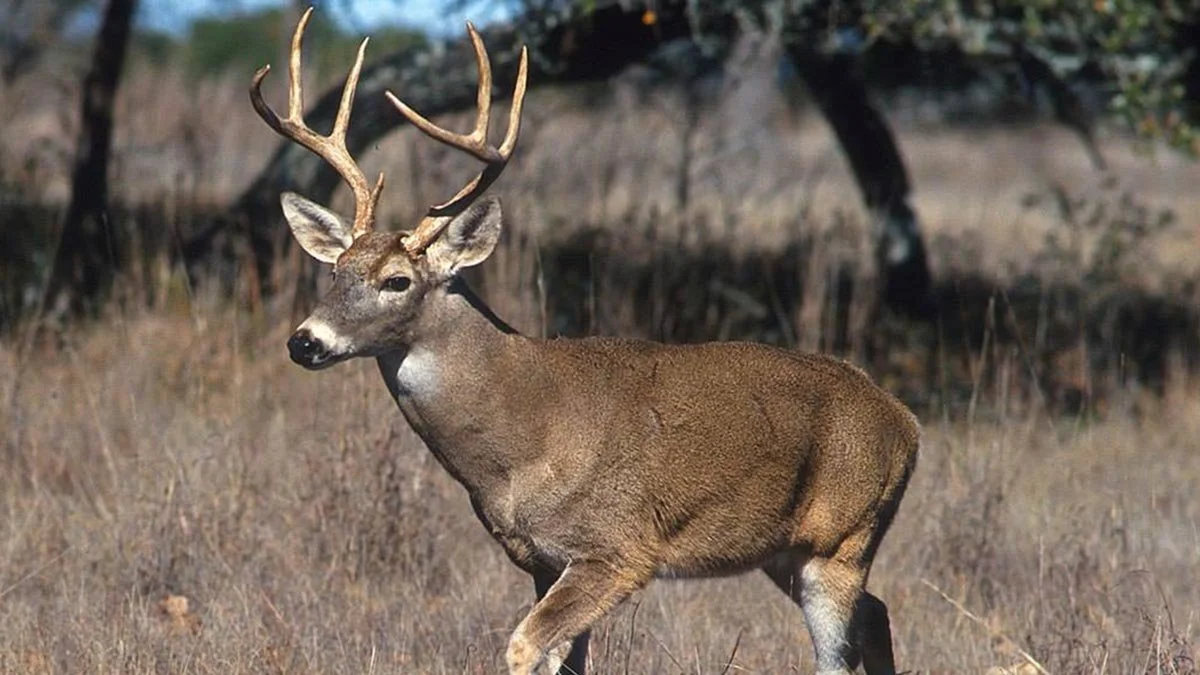Whitetail Deer Photo credit: Montana Fish, Wildlife & Parks
Chronic Wasting Disease
Chronic wasting disease (CWD) is a contagious prion disease that affects multiple species of deer, elk, moose, and reindeer. Signs of illness from CWD may include weight loss, stumbling, excessive salivation, and other neurologic abnormalities. The rising number of cases and locations globally increases the potential threat to wildlife and humans. Currently, CWD has been identified in the United States, Canada, Norway, and South Korea. According to the Montana Fish, Wildlife & Parks’ 2017 and 2020 Chronic Wasting Disease Surveillance and Monitoring Report, in 2017 Montana found 11 positive CWD cases, and only 3 years later in 2020 there were 271. The risk to humans is unclear at this time with conflicting results from scientific investigations (1–3). It is imperative to better evaluate the risk of transmission to humans and contain the spread of CWD in cervids. Unknown future ecological impacts, the possibility of iatrogenic spread in humans though surgical instruments, and risk to domestic livestock(4) are just a few among the long list of potential threats. CWD is a fatal disease for which there is no effective vaccine or treatment, and decontamination of the environment is exceedingly difficult (5,6).
1. Wang Z, Qin K, Camacho MV, et al. Generation of human chronic wasting disease in transgenic mice. Acta Neuropathol Commun. 2021;9(1):158. doi:10.1186/s40478-021-01262-y
2. Race B, Williams K, Chesebro B. Transmission studies of chronic wasting disease to transgenic mice overexpressing human prion protein using the RT-QuIC assay. Vet Res. 2019;50(1):6. doi:10.1186/s13567-019-0626-2
3. Race B, Williams K, Orrú CD, Hughson AG, Lubke L, Chesebro B. Lack of Transmission of Chronic Wasting Disease to Cynomolgus Macaques. Pfeiffer JK, ed. J Virol. 2018;92(14). doi:10.1128/JVI.00550-18
4. Madsen-Bouterse SA, Schneider DA, Zhuang D, et al. Primary transmission of chronic wasting disease versus scrapie prions from small ruminants to transgenic mice expressing ovine or cervid prion protein. J Gen Virol. 2016;97(9):2451-2460. doi:10.1099/jgv.0.000539
5. Pritzkow S, Morales R, Moda F, et al. Grass Plants Bind, Retain, Uptake, and Transport Infectious Prions. Cell Rep. 2015;11(8):1168-1175. doi:10.1016/j.celrep.2015.04.036
6. Nichols TA, Fischer JW, Spraker TR, Kong Q, VerCauteren KC. CWD prions remain infectious after passage through the digestive system of coyotes ( Canis latrans ). Prion. 2015;9(5):367-375. doi:10.1080/19336896.2015.1086061

